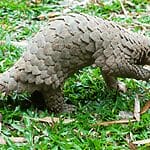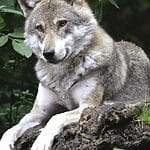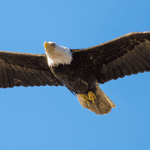Within the animal kingdom, not every creature lives in a conventional habitat.
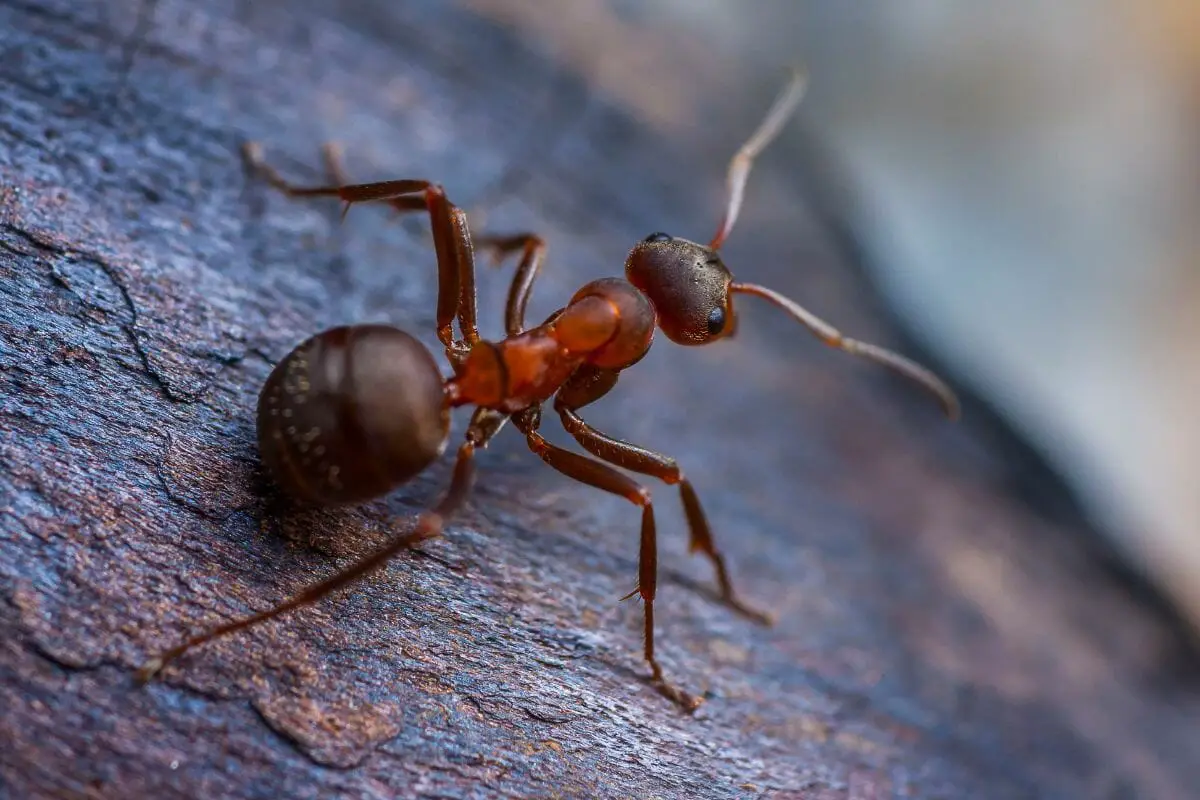
Whilst some frequent the deepest oceans, and the highest peaks, others live beneath the Earth.
There are countless subterranean species on the planet, many of them insects, bacteria, and small mammals.
But what are the most common, and what purpose do they play?
Subterranean Insects
When it comes to animals which live underground, insects make up the majority.
Ants
The most common insect that creates its home underground is the ant. All ants live under the Earth, living in vast networks of hive-like colonies, composed of twisting, intricate tunnels.
The bullet ant has one of the largest colonies, usually based at the bottom of trees, spanning throughout the tree trunk and into the ground beneath.
These ants can grow more than one inch in length, and can be found in Central and Southern America.
Termites
Termites are another species of insect which make their homes underground.
These too live in vast colonies, and have a reputation for occupying fallen logs, tree trunks, and beneath the soil itself.
Like ants, termites live and function as a hive mind, and each soldier termite has a distinct role to play in the wider society of the colony.
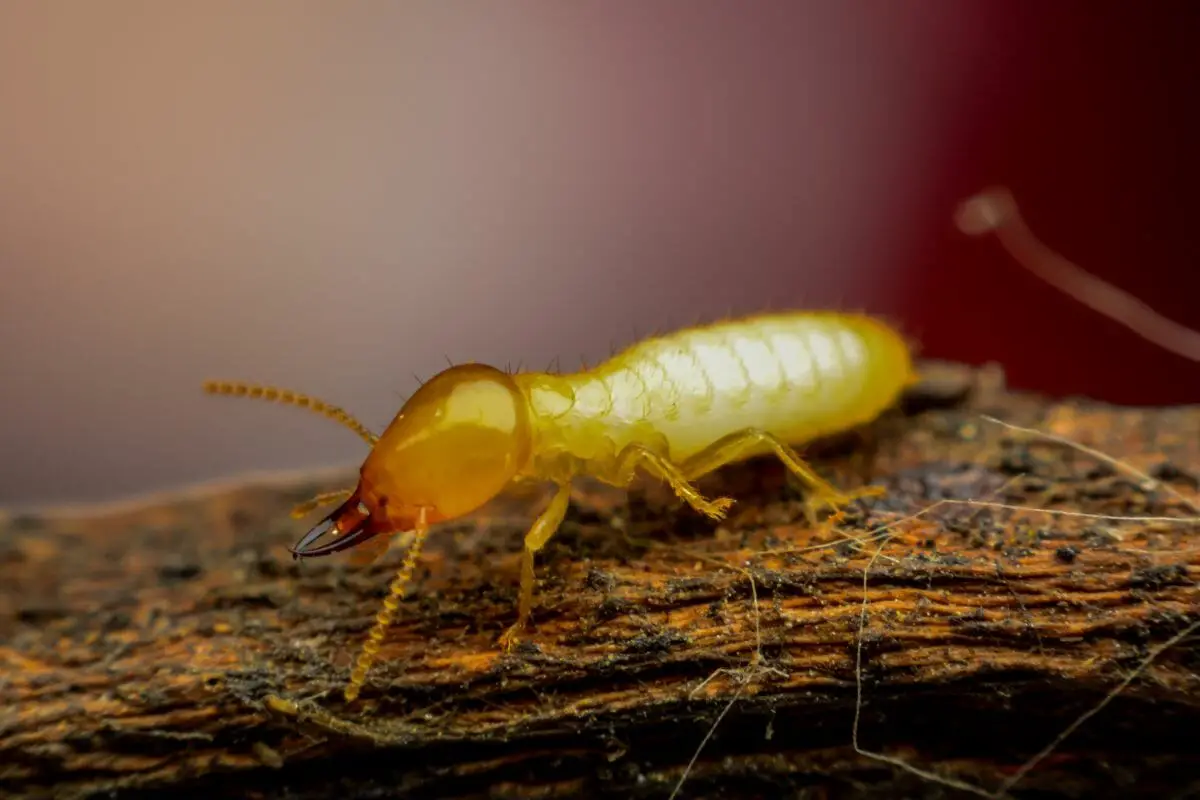
This usually involves the gathering of food and materials to reinforce the colony.
The largest species of termite are the dampwood termites, who can be found in the rainy wetlands of southern Florida, as well as areas along the Pacific coast.
Funnel Web Spiders
Found in Australia, funnel web spiders are a feared and well known arachnid, known for their venomous bite, and their penchant for burrowing underground in dark, narrow holes.
Considered a medical emergency, a single bite from a funnel web can result in severe injury, or even death if not treated quickly, making funnel web spiders one of the most dangerous species on the planet.
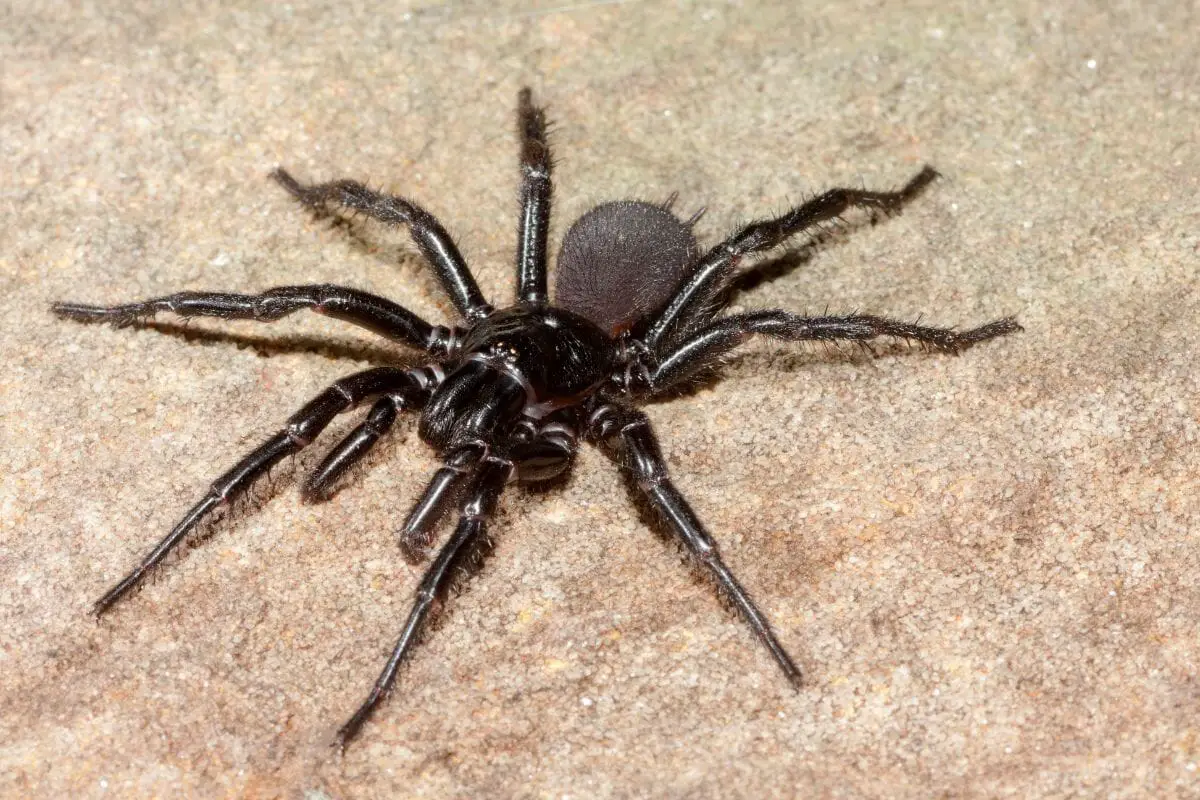
Fairly aggressive spiders, funnel webs are known to create burrows in rural areas, and in urban areas even resort to nesting in people’s shoes, garages, cars, and houses, making them a constant threat for some Australians.
Miscellaneous
As well as these notable examples, there are literally countless other species of insects which create homes underground. Some notable species also include earthworms, and various types of beetles.
Similarly, many insect species utilize underground burrows to protect themselves and their young during the early stages of life.
This is true of species of locusts and crickets, who create safe havens underground where their offspring can grow and reach maturity.
Subterranean Mammals
Perhaps surprising to some, there are also many species of mammals which live in burrows underground.
Moles
Perhaps the first animal which springs to mind is the mole. Whilst there are various species of mole around the world, they all share the common trait of underground living, something that has caused them to evolve without needing eyesight.
To see, many species use unusual nodules on their snouts to sniff and feel their way through the Earth, using their large, shovel-like front paws to tunnel their way through the soil.
Remarkably, they can reach speeds of 4 miles per hour when tunneling, and can dig anywhere up to 18 feet in a single hour.
Prairie Dogs
Prairie dogs are another animal famed for living underground. They live in large family burrows, where they depend on one another for safety, observation, and the gathering of food.
Found primarily in the grasslands of North America, the prairie dogs develop complex burrows with around 30 to 50 entrances and exits, to accommodate their large families, and to allow escape if necessary.
Groundhogs
Another mammal found in North America, Alaska, and Canada, the groundhog found particular fame worldwide through the mascot Punxsutawney Phil in the aptly named Bill Murray movie Groundhog Day.
Unlike prairie dogs, groundhogs are solitary animals, only socializing with others when searching for a mate.
Despite this, they too develop intricate burrows, with plenty of entrances and exits to allow travel, exploration, and escape easier.
Fennec Foxes
The smallest species of fox on the planet, Fennec Foxes develop vast burrows beneath the Sahara Desert, with some being as deep as three feet.
Known for their long ears and pale color, fennec foxes tend to only reach around 16 inches in length, making them perfect for burrowing and living in narrow spaces.
Chinese Pangolins
Perhaps one of the most unusual, yet incredibly loveable creatures on this list, the Chinese pangolin uses its armored body and feet to dig small burrows underground for safety.
Sometimes known as ‘scaly anteaters’, pangolins are perhaps best known for their hunched, bipedal stance, and their loveable little walk.
They are also very shy animals, and lack any form of teeth, meaning their main food source comes from small insects, like ants and termites, which they can consume whole.
Subterranean Birds
This might sound like a strange proposition, but surprisingly enough there are several species of birds which build burrows underground, as opposed to the usually associated treetop nest.
Kingfishers
Kingfishers are one such species which do this, preferring to build small burrows in former termite mounds, fallen trees, and even in the ground.
These burrows are perfect for safety, and for keeping eggs safe from predators.
Burrowing Owls
Perhaps more surprisingly, a species of owl, known as the burrowing owl, creates nests underground.
Found in the western US, South America, and Mexico, these burrows compensate for the lack of trees and forests, not to mention providing a cool sanctuary from the desert sun during the day.
Final Thoughts
And there we have it, some of the most common species which make their homes underground.
There are of course countless other species which do this, some of them even more surprising than the owl or the pangolin.
Why not investigate further? You’ll be amazed at what you’ll find!
- 10 Common Dangerous Animals in Thailand - 2024-04-22
- 8 Common Dangerous Animals in Aruba - 2024-04-22
- All Creatures Shy And Beautiful: 18 Of The Most Timid Animals - 2024-04-22




